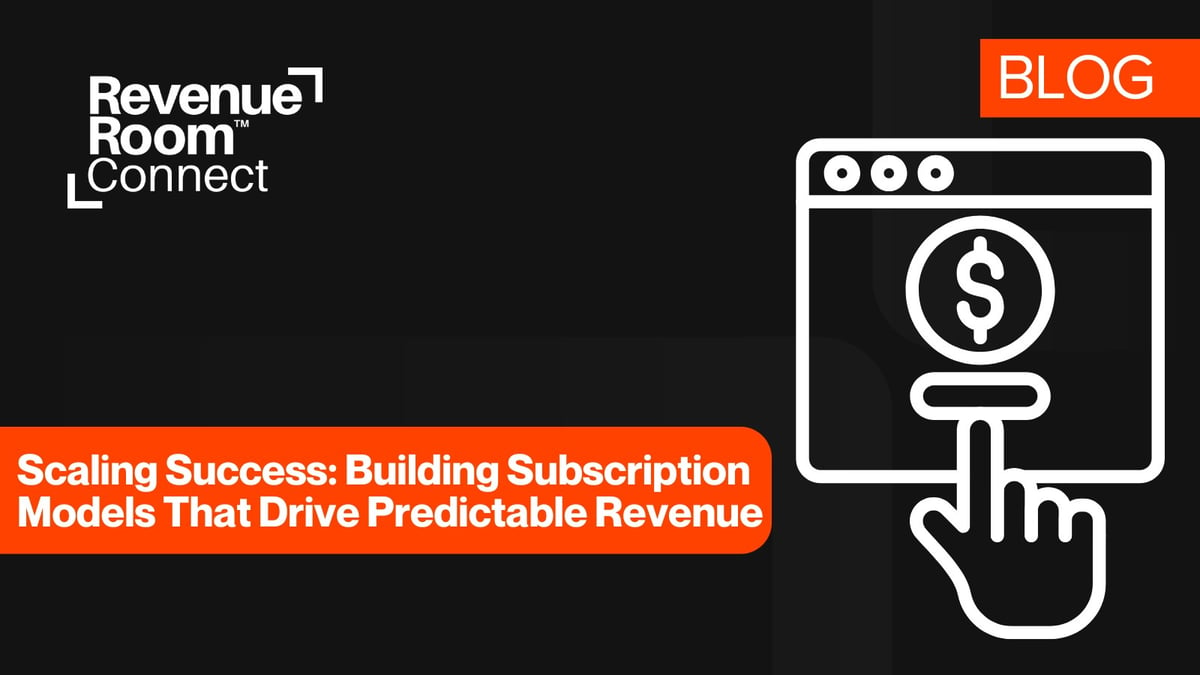Thinking of launching a subscription product for your brand? Read this first.
Let’s face it, advertising revenues are fickle and algorithms control too much of your reach. Building a direct relationship with your audience through subscriptions isn't just smart, it's essential. But launching (and sustaining) a successful subscription business is no easy feat. It takes a mix of sharp strategies, relentless experimentation, and deep understanding of your audience.
Here are seven key things to get right when building a subscription business:
1. Know Your Core Value Proposition
Before you even think about pricing tiers or paywalls, ask yourself: Why would someone pay for this? What makes your content or service unique? Whether it's deep investigative journalism, niche insights, exclusive interviews, or high-quality storytelling, your value proposition must be crystal clear—and strong enough to justify recurring payments.
Pro tip: Talk to your most loyal users. What do they love about your brand? What would they miss if it disappeared tomorrow?
2. Audience Segmentation is Everything
Not all subscribers are created equal. Some will pay for daily news, others want long-form analysis once a week. Segment your audience based on behavior, preferences, and needs. Tailoring offers, messaging, and content delivery can significantly increase conversions and reduce churn.
Tools to consider: Analytics platforms like Chartbeat, Parse.ly, or even custom dashboards using first-party data.
3. Frictionless Onboarding = Higher Conversions
Think of your sign-up process as the welcome mat to your house. Is it clean, simple, and inviting? A clunky checkout experience, confusing messaging, or too many steps can cause users to drop off before they even experience your content.
The key to an effective sign-up process is that when the user lands on the page, they path we want them to take is clearly laid out and direct leaving little room for the user to do anything else but subscribe, or take the action we want them to take.
Checklist:
- Is your value proposition clear on the sign-up page?
- Is the payment process quick and mobile-friendly?
- Is there a clear path to content after purchase?
4. Balance Free vs. Paid Strategically
The freemium model can work, but it's a delicate dance. Give away too much, and people won’t convert. Give away too little, and they’ll bounce before understanding your value. Define what content lives behind the paywall and why.
Popular models:
- Metered paywall (X free articles per month)
- Premium content only (flagship stories, newsletters, etc.)
- Member-only benefits (community access, early access, no ads)
5. Retention > Acquisition
It's easy to obsess over subscriber numbers, but real success lies in keeping people around. Onboarding journeys, regular engagement touchpoints, and community building all play vital roles. A 5% increase in retention can lead to a 25–95% increase in profit. Without an effective retention strategy, your subscription business will eventually fail.
Remember the age-old adage “It is far easier to keep a customer than get a new one”.
Tips:
- Send each new subscriber a “welcome series” of messages thanking them and restating the benefits of their subscription and your content.
- Send regular “subscriber-only” updates or content drops
- Monitor engagement patterns to intervene early when users become inactive
6. Pricing Isn’t Set-and-Forget
Pricing is both science and psychology. Test different tiers, bundles, and trial offers. Anchor your pricing with clear value, and don’t be afraid to adjust based on market conditions or content output.
Experiments to try:
- Introductory offers (e.g., $1 for the first month)
- Annual vs. monthly pricing
- Bundled pricing with other content such as research or events
7. Content is King—but UX is Queen
Your journalism, videos, or podcasts may be exceptional—but if the app is buggy or the site is slow, you’ll lose people. The user experience (UX) must reflect the quality of the content. Fast load times, intuitive design, and responsive customer service are non-negotiable.
Bonus tip: Consider offering offline access, dark mode, and personalized feeds—small touches that go a long way in improving satisfaction.
A subscription business is not just a revenue model, it's a relationship model. It requires companies to think like product builders, marketers, and community managers, all at once. But if done right, it creates a resilient, loyal audience base—and a more sustainable future for quality content.
Master the Full Subscription Strategy
Building a high-performing subscription model takes more than a checklist—it takes a structured approach, real-time feedback, and a clear path to execution. That’s exactly what we cover in The Audience Accelerator: Charting the Course from Acquisition to Engagement to Monetization, an intensive 6-week bootcamp designed for operators who are serious about scaling recurring revenue. If you’re ready to turn your audience into a reliable, revenue-driving asset, this is where the real work, and real results, begin. Seats are limited. Click here to learn more and sign up. Revenue Room™ Connect: Built to Fuel What's Next
Join Revenue Room™ Connect now for free to access expert insights, attend high-impact events, connect with industry peers, and gain the strategic tools to fuel sustainable revenue growth.





